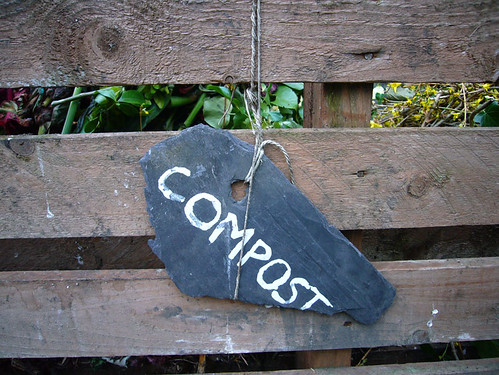How to Make Your Home More Sustainable
Making your home more sustainable is a great way to reduce your environmental impact and save money. Sustainability in the home involves using resources efficiently and creating a healthy living environment. Here are some strategies to make your home more sustainable.
Energy Efficiency
One of the most effective ways to make your home more sustainable is by improving energy efficiency. This can be achieved through:
Insulation: Proper insulation can significantly reduce the amount of energy needed for heating and cooling your home.
Energy-efficient appliances: Appliances that have a high energy efficiency rating use less electricity, reducing your carbon footprint and saving you money on energy bills.
LED lighting: LED lights use significantly less energy than traditional incandescent bulbs and last much longer, making them a more sustainable choice.
Water Conservation
Water is a precious resource, and conserving it is an important part of a sustainable home. Here’s how you can save water:
Low-flow fixtures: Installing low-flow faucets, showerheads, and toilets can significantly reduce your water usage.
Rainwater harvesting: Collecting rainwater for use in your garden or for flushing toilets can help conserve water.
Drought-tolerant landscaping: Choosing plants that require less water for your garden can help reduce your water usage.

"Making your home more sustainable doesn’t have to be complicated or expensive"

Waste Reduction
Reducing waste is another key aspect of a sustainable home. Here are some strategies:
Composting: Composting kitchen scraps and yard waste can reduce the amount of waste you send to the landfill and provide nutrient-rich compost for your garden.
Recycling: Make sure to recycle paper, plastic, glass, and metal products whenever possible.
Buying in bulk: Buying in bulk can reduce the amount of packaging waste you generate.
Sustainable Materials
When renovating or decorating your home, consider using sustainable materials:
Reclaimed or recycled materials: Reclaimed wood, recycled metal, and other recycled materials can be used in place of new materials.
Natural materials: Natural materials like bamboo, cork, and wool are renewable and have a lower environmental impact than many synthetic materials.
Conclusion
Making your home more sustainable doesn’t have to be complicated or expensive. By implementing these strategies, you can create a healthier living environment, save money, and contribute to a more sustainable world.
